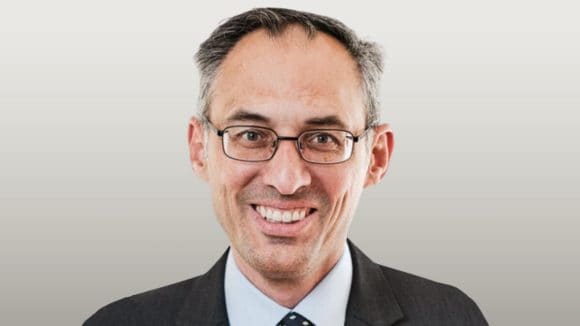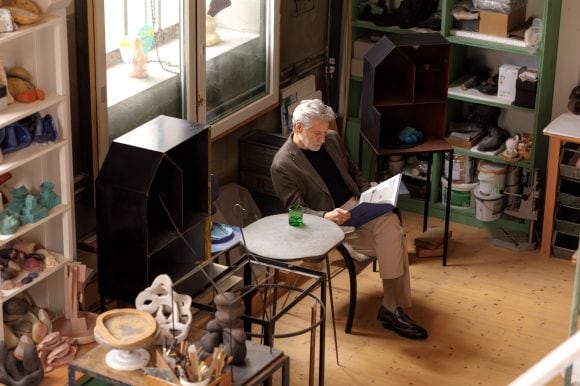Interview
Judson Berkey: We need to get the framing around climate and nature transition right
It’s important to stress that the transition that economies need to undergo to lower carbon emissions and to increase nature positive solutions offers plenty of new jobs, technological innovation, and opportunities.








